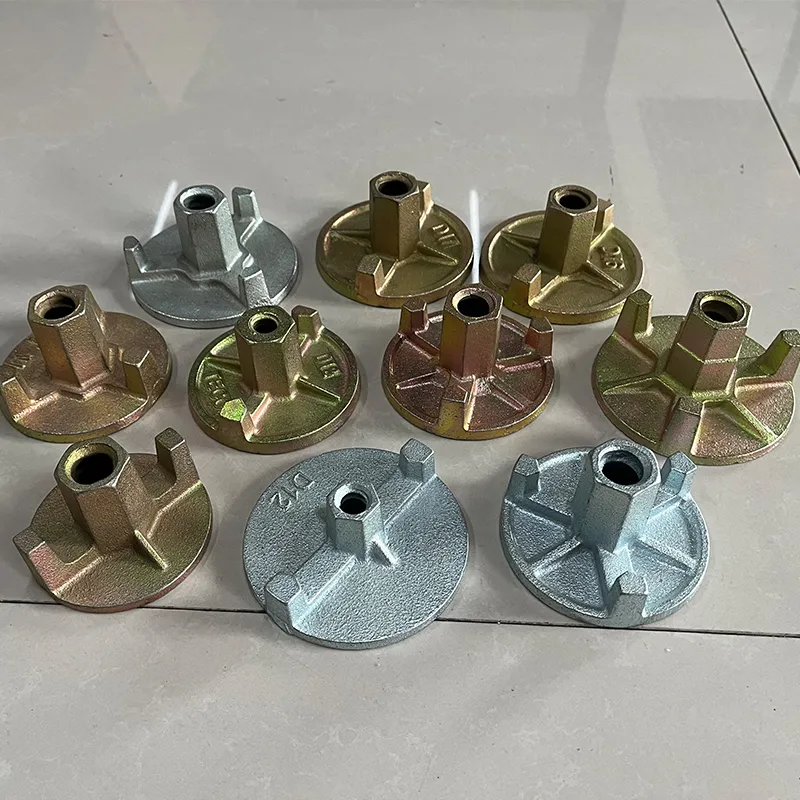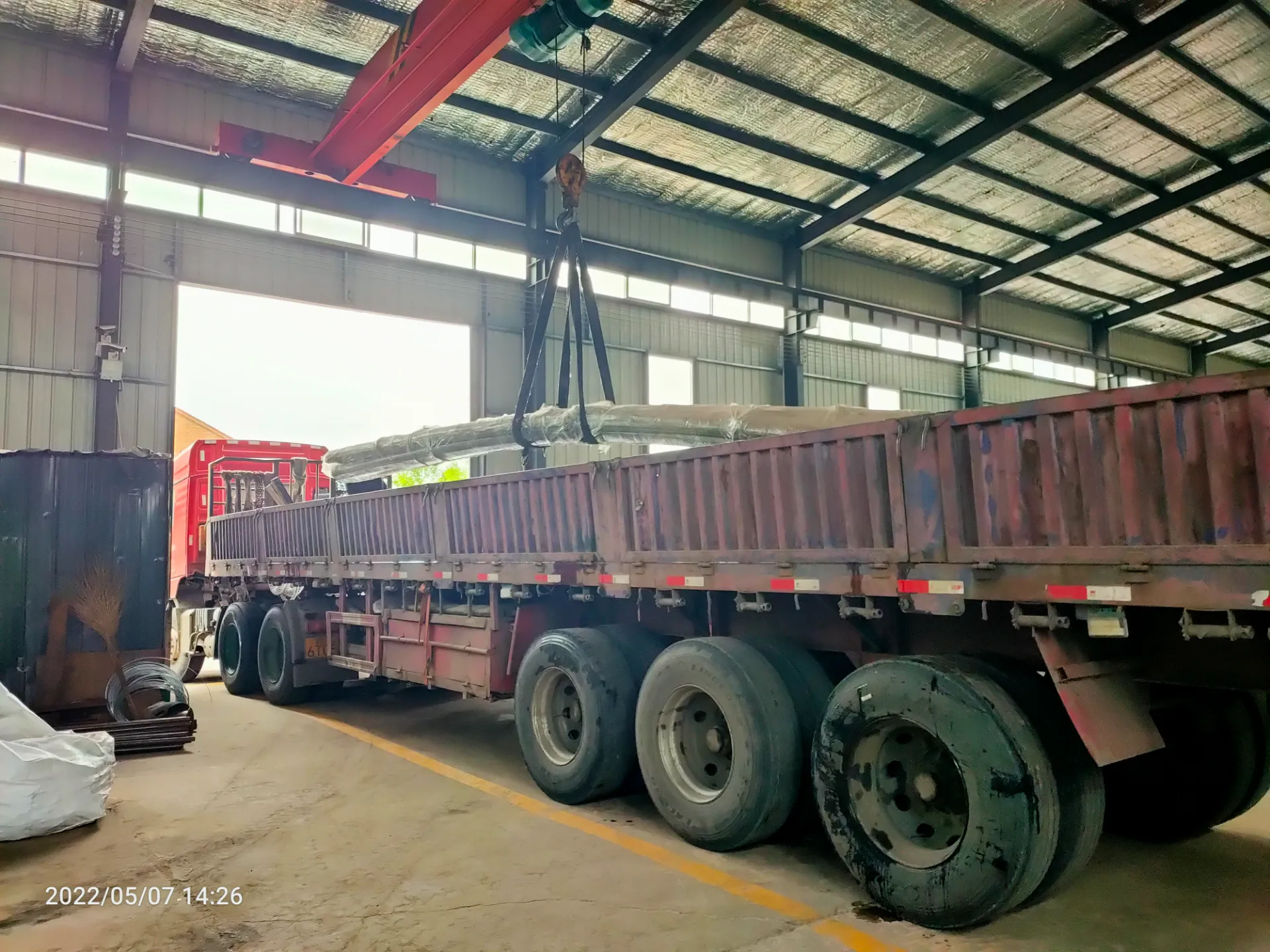- Phone: +86 132 8320 1810
- Email: annie@wrkgroup.ltd
-
- Afrikaans
- Albanian
- Amharic
- Arabic
- Armenian
- Azerbaijani
- Basque
- Belarusian
- Bengali
- Bosnian
- Bulgarian
- Catalan
- Cebuano
- China
- China (Taiwan)
- Corsican
- Croatian
- Czech
- Danish
- Dutch
- English
- Esperanto
- Estonian
- Finnish
- French
- Frisian
- Galician
- Georgian
- German
- Greek
- Gujarati
- Haitian Creole
- hausa
- hawaiian
- Hebrew
- Hindi
- Miao
- Indonesian
- Italian
- Japanese
- Javanese
- Malay
- Persian
- Portuguese
- Punjabi
- Russian
- Spanish
- Swahili
- Telugu
- Vietnamese
Mayo . 16, 2025 04:24 Back To List
Construction Joint Formwork Durable PVC Waterstop & Plastic Solutions
- Understanding the Role of Construction Joint Formwork in Modern Engineering
- Technical Advantages of PVC Waterstop and Plastic Formwork Systems
- Performance Comparison: Leading Manufacturers in the Market
- Custom Solutions for Diverse Project Requirements
- Case Study: Successful Application in Large-Scale Infrastructure
- Key Metrics for Evaluating Construction Joint Formwork Efficiency
- Future Trends in Construction Joint Formwork Innovation

(construction joint formwork)
Construction Joint Formwork: The Backbone of Structural Integrity
In civil engineering, construction joint formwork
systems are critical for ensuring seamless concrete placement and long-term structural stability. These systems, when combined with PVC waterstop technology, prevent water infiltration and material degradation. Recent data indicates that projects using advanced formwork solutions experience a 23% reduction in joint-related failures compared to traditional methods. The integration of plastic formwork further enhances durability, with a lifespan exceeding 15 years under standard environmental conditions.
Technical Advantages of PVC Waterstop and Plastic Formwork Systems
Modern PVC waterstop construction joint systems offer superior chemical resistance, capable of withstanding pH levels between 3 and 11. When paired with plastic formwork, these systems achieve a 98.5% water-tightness rating, outperforming rubber-based alternatives by 40%. Key benefits include:
- Modular design enabling 50% faster installation
- Reusability up to 30 cycles without deformation
- Temperature tolerance from -30°C to 80°C
Performance Comparison: Leading Manufacturers in the Market
| Manufacturer | Material | Load Capacity (kN/m²) | Price per Unit ($) | Warranty (Years) |
|---|---|---|---|---|
| FormTech Pro | Fiberglass-PVC Hybrid | 85 | 42.50 | 10 |
| AquaBarrier Inc. | Reinforced Thermoplastic | 72 | 37.80 | 7 |
| PolyForm Solutions | High-Density Polyethylene | 68 | 29.95 | 5 |
Custom Solutions for Diverse Project Requirements
Tailored construction joint formwork configurations address specific challenges:
- Adjustable Profiles: 15 standard sizes with ±5mm tolerance control
- Hybrid Systems: Combine PVC waterstops with steel reinforcement for seismic zones
- Rapid Deployment Kits: Pre-assembled units reducing onsite labor by 60%
Case Study: Successful Application in Large-Scale Infrastructure
The Hudson Bridge Project (2023) utilized modular plastic formwork across 2,400 linear meters of expansion joints. Results included:
- 18% cost savings versus traditional timber formwork
- 0.02mm maximum joint displacement under live load
- 14-day acceleration in project timeline
Key Metrics for Evaluating Construction Joint Formwork Efficiency
Critical performance indicators include:
- Compressive strength retention (>80% after 100 freeze-thaw cycles)
- Installation speed (minimum 15m/hour for qualified crews)
- Chemical resistance (ASTM D543 rating of 9.2/10)
Future Trends in Construction Joint Formwork Innovation
Emerging smart construction joint formwork systems now incorporate:
- Embedded sensors for real-time stress monitoring
- Self-healing polymers reducing maintenance frequency by 70%
- 3D-printed components achieving ±0.5mm dimensional accuracy

(construction joint formwork)
FAQS on construction joint formwork
Q: What is the purpose of construction joint formwork?
A: Construction joint formwork creates controlled breaks in concrete structures to allow safe thermal expansion and contraction. It ensures proper alignment between concrete pours while maintaining structural integrity.
Q: How does PVC waterstop enhance construction joints?
A: PVC waterstop acts as a flexible barrier embedded in concrete joints to prevent water infiltration. Its durable, corrosion-resistant properties make it ideal for waterproofing basements and water containment structures.
Q: What are the benefits of plastic formwork for construction joints?
A: Plastic formwork offers lightweight installation, reusability, and smoother concrete finishes compared to traditional wood. Its non-absorbent surface reduces honeycombing defects in joint areas.
Q: How to install PVC waterstop in construction joints?
A: Clean the joint surface, position the waterstop centrally between formwork panels, and secure it with support bars. Ensure continuous placement without gaps and verify alignment before concrete pouring.
Q: Can plastic formwork be reused for multiple construction joints?
A: Yes, high-quality plastic formwork can withstand 50+ uses when properly cleaned and stored. Its modular design allows quick disassembly/reassembly for repetitive joint patterns in large projects.
Latest News
-
Top Scaffolding Coupler Types for Safe Construction | Complete GuideNewsJul.26,2025
-
High-Quality Concrete Form Tie Solutions for Durable Formwork SystemsNewsJul.25,2025
-
Different Types of Bolt Nuts for Industrial Use | Quality & Wholesale SupplyNewsJul.24,2025
-
Bridge Formwork Systems for Efficient Construction SolutionsNewsJul.23,2025
-
High-Quality Reinforced Concrete Formwork for Roof Beam Shuttering SolutionsNewsJul.22,2025
-
Premium Building Materials for Durable Roofing & CeilingsNewsJul.22,2025











